Logistics in transport play a significant role in the international parcel, package delivery, and shipments between companies and their customers. Moreover, cross-docking and transloading may already be familiar when discussing transport logistics.
This article will define cross-docking and transloading, explain their uses, and discuss their benefits, so keep reading!
What is Transloading?
Cargo transloading is a logistical procedure of moving goods from one form of transportation to another. Transloading services carry products from one conveyance to another as quickly and economically as possible.
Goods are unloaded from ships and stored at transloading facilities before being moved to another method of transportation. Transloading is a valuable strategy for businesses that often transfer goods over long distances or across international borders.
Companies might transfer goods from one means of transport to another to establish the most time- and cost-effective delivery route.
The Advantages of Transloading
When a corporation decides to transload its goods, it significantly improves operations. Every business with a shipping department or supply chain benefits from transloading.
This section will discuss how transload services might benefit your company.
Storage Availability
Transloading is helpful since it lessens the need for warehousing while transporting or shipping products. Moving items from one mode of transportation to another can reduce the need for extra storage space while traveling.
Transloading is especially beneficial for companies that must keep large quantities of goods since it reduces the cost of warehousing and safeguards inventory against theft and natural disasters.
You will see an improvement in supply chain efficiency and a reduction in storage needs. This helpful tool aids companies that need to coordinate the transport of goods over great distances or across international borders.
Efficient Supply Chains
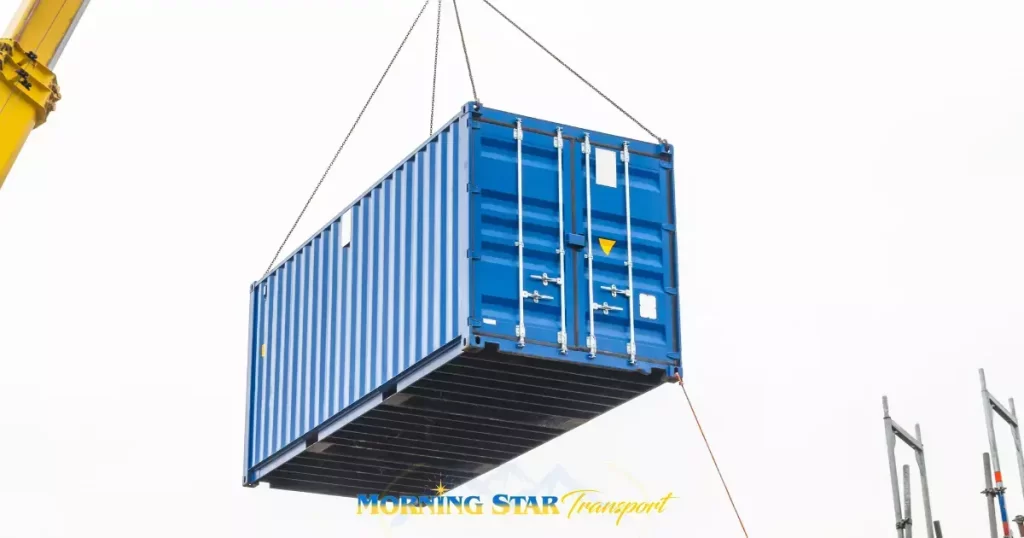
Transloading moves cargo from one mode of transport to another, most often from a ship or rail to a truck or vice versa. This can be especially helpful in reducing the time and money needed to ship items across great distances or international borders.
Transloading improves supply chain efficiency and transit times for many enterprises. Companies operating in highly competitive or pressing markets can get their products to market as soon as possible.
Companies can save money on shipping costs or find faster, more direct routes by switching between several modes of transport to get their products where they need to go.
Expansion of Coverage
In many cases, companies can expand their reach into untapped markets or previously inaccessible regions simply by shifting their focus from one form of transportation to another. Companies that serve a wide geographic area or have consumers or clients in spread-out or inaccessible locations will be able to expand their reach using these services.
Transloading allows companies to expand their service area and attract new consumers without investing in costly distribution transloading facilities. If organizations follow this strategy, they won’t need to spend as much money on growth and expansion.
Shipping products only using vehicles would be more expensive and time-consuming. Shippers can use multiple transit alternatives using transloading.
Cost Efficiency in Transportation
Transloading is worth considering if you’re trying to save money on shipping. Businesses can save money on shipping costs and shorten the journey to their final destination by switching between several modes of transport. In other words, this can help companies save transportation expenses and boost profits.
Companies can save transportation expenses by packing many shipping containers into a single trailer. At the transloading facility, numerous smaller cargoes can be merged into one larger one, simplifying the delivery process.
When a company in a city has to transport goods to another city or country, it may save money by transloading the cargo from a truck onto a rail or ship. Because of this, the company may save money on transportation costs and better accommodate their clients.
Port Customs Clearance

Clearing customs is a standard procedure for importing products into a country before their release for sale or distribution.
However, sometimes, businesses can shorten the time it takes to clear products through customs by hiring a transloading service. If products transfer between modes of transport, customs clearance can typically be done at the receiving port.
Simplifying the customs clearance procedure allows businesses to get their goods into the country and on the market more quickly.
What Is Cross Docking?
Cross dock services carry items from one mode of conveyance to another without storage or handling. Cross-docking is a method that helps speed up the supply chain by minimizing the time and effort spent moving items from one location to another.
When utilizing cross-docking to deliver products quickly to consumers, docks are situated on opposing sides of a ship. Companies usually combine multiple smaller shipments into one larger load, reducing transfer inventory and transportation costs.
The Advantages of Cross Docking
Cross docking transfers products from one mode of conveyance to another without storage or handling. This method can be helpful for companies that need to coordinate the transport of goods locally or across facilities in a single distribution hub. Companies that adopt cross-docking procedures see gains in productivity, savings on transportation costs, adaptability, and improved customer service.
In the next section, we’ll discuss how cross-docking might improve your logistics operations.
Save Time
Cross-docking is a method for reducing the cost and duration of transporting items between two different points.
Once products have arrived at a cross-docking facility, they are either reloaded into an outbound vehicle for immediate delivery or stored in a designated holding area until they can be transported, usually within the same day.
Cross dock services, in contrast to transloading, deal exclusively with palletized items that don’t need any unpacking or re-palletization. Instead, they are loaded right onto the truck with several other shipments to get them to the store or consumer. Cross docking is advantageous for urgent or quickly expiring cargo because of its fast turnaround time.
Reduce the Need for Extra Storage
Cross docking helps organizations use space more efficiently by avoiding the need for extra rooms or warehouses.
As a result, firms can save money without needing intermediate storage or handling by reducing their reliance on cross docking, which entails moving goods directly from one form of conveyance to another without requiring turnaround times.
When goods arrive at a cross-docking facility, they only store them for a maximum of a day. But instead transported to a staging area until they are ready to be loaded into an outbound vehicle.
Save on Labor Costs
Cross docking can help businesses save time and effort by minimizing the amount of manual labor involved in transporting items from one dock to another. Those with a lot of inventory or work in a labor-intensive industry may benefit the most from this.
In general, cross-docking is a helpful tool for companies that need to coordinate the transport of goods across short distances or within a single distribution facility.
Cross docking is an efficient method of transferring items between warehouses that help firms save money on labor and speed up their supply chain.
Reduce Transportation Costs
Businesses can cut transportation costs or find more direct routes by combining smaller shipments. This process can save transportation expenses.
Cross docking can enhance supply chain efficiency and assist firms in saving money on transportation expenditures. Cross docking is helpful because it saves organizations time.
Minimizing product handling during facility transfers reduces the likelihood of damage or mistakes occurring.
Decrease Theft and Damage
Cross docking involves emptying products from one means of transportation and loading them into another without intermediary storage or handling to reduce transit time and theft or damage while in storage.
Those who move expensive products or worry about security may find this extremely helpful.
Less handling and storage means fewer chances for loss or damage to permeate your inventory. In addition, cross-docking reduces cargo theft and damage by reducing processing and storage time.
What Is the Difference Between Cross Docking and Transloading?
Transloading and cross-docking are valuable methods for controlling the flow of goods, although they have different logistical uses. Transloading moves commodities over great distances or boundaries. In contrast, cross-docking is moving goods over short distances or within a single distribution center.
Contact us here at Morning Star Transport, a transportation company based in Seattle to discuss your specific needs and determine which option would be most suitable for you and how we can help you improve your business’s efficiency.
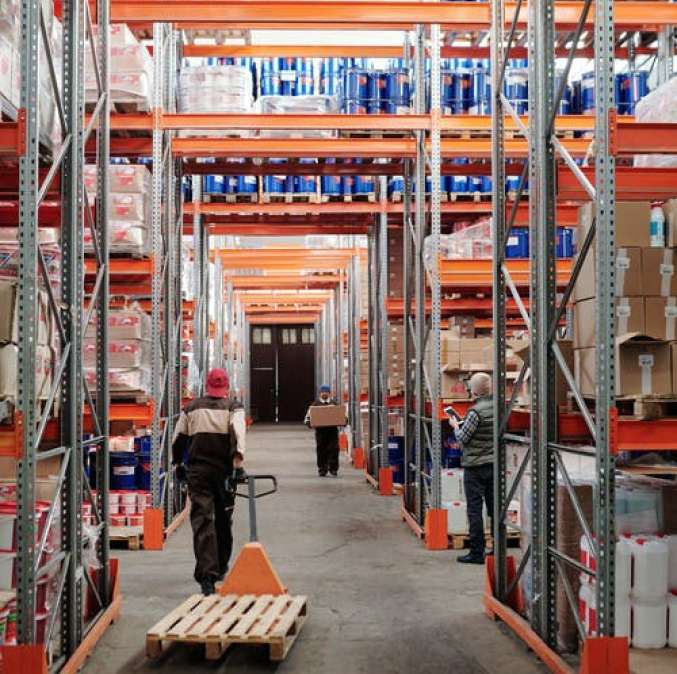

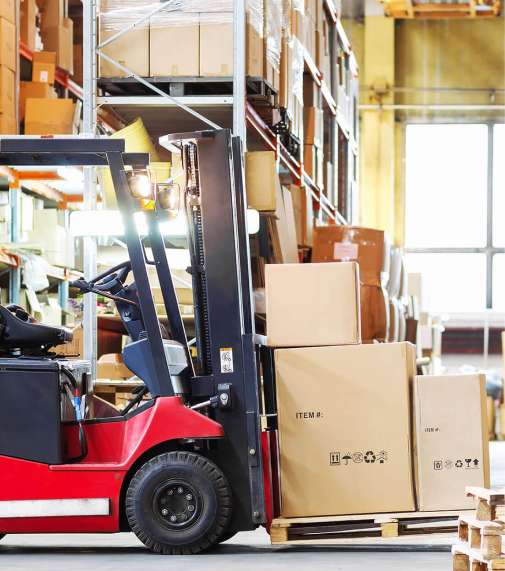
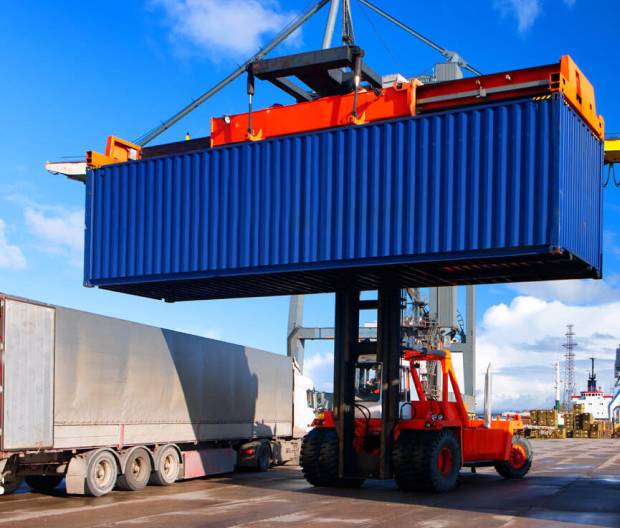
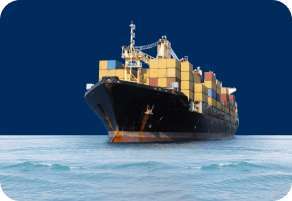
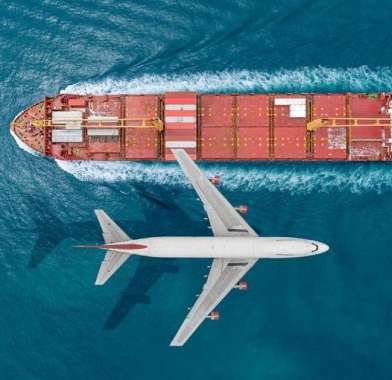
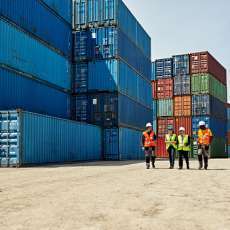

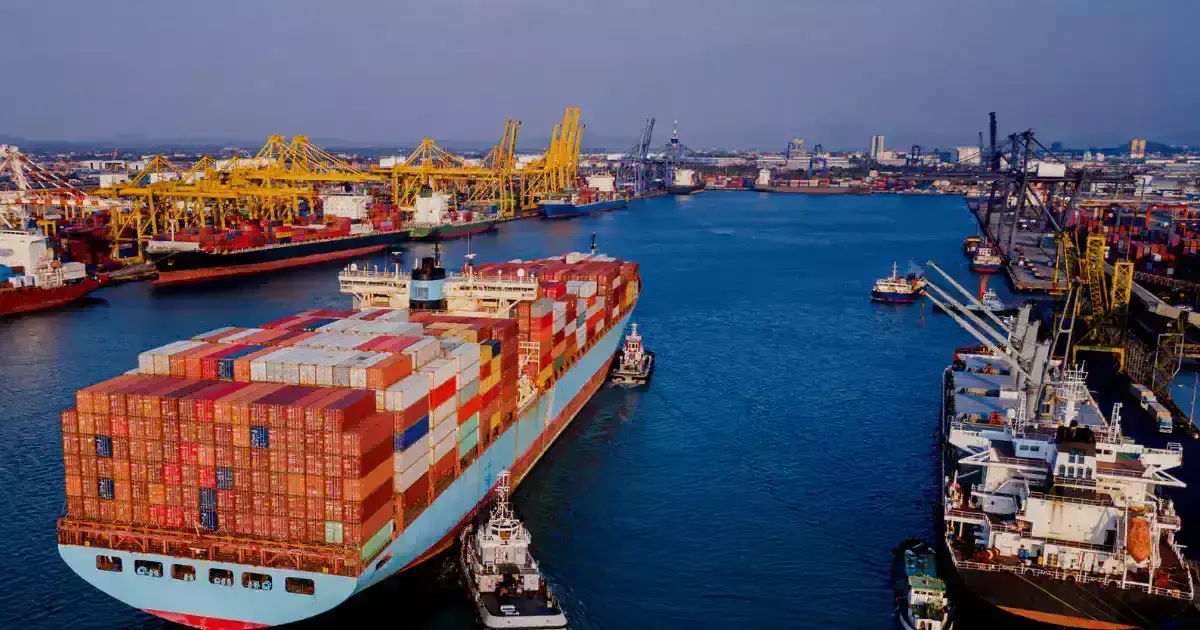
 iMedPages
iMedPages